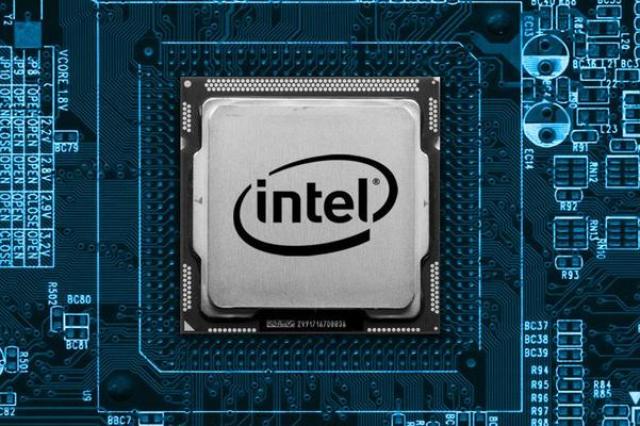The second generation of the chip, addressed to researchers, contains more than 1 million neurons. The Loihi 2 IC was created using a preliminary version of the Intel 4 process technology, which uses EUV lithography.
In September 2017, Intel introduced the "self-learning neuromorphic processor" Loihi, designed to speed up the work of artificial intelligence applications and expand their scope. Now the manufacturer has told about the second generation of this chip and the open source Lava programming environment, which allows developing applications for neuromorphic processors.
"Loihi 2 and Lava accumulate the achievements of several years of research using Loihi. Our second-generation chip works faster, it is easier to write programs for it, which expands the possibilities of its use in power-limited computing systems. We are opening the Lava source code to ensure better software compatibility, testing and cross-platform interaction in this area, as well as to accelerate the launch of products to the level of commercial profitability," Mike Davies, director of the Intel neuromorphic Computing Laboratory, described the novelties in this way (he is in the video below).
It is believed that neuromorphic calculations using specialized chips, in which an attempt is made to reproduce the principles of the biological brain, will significantly increase the speed and energy efficiency of AI. We are talking about a wide range of tasks arising from human-machine interaction, including computer vision, voice and gesture recognition, search and optimization. Intel and its partners have already demonstrated some examples of such developments — robotic hands, neuromorphic artificial skin and an odor recognition algorithm.
As for Loihi 2, improvements in the architecture make it possible to work with new classes of neuromorphic algorithms and applications, providing a significant increase in processing speed - up to 10 times. The gain in resource density reaches 15 times. The Loihi 2 chip is manufactured using a preliminary version of the Intel 4 process technology, which uses EUV lithography.
Intel is currently offering the Oheo Gulch system with one Loihi 2 processor to members of the INRC neuromorphic computing research community in the Neuromorphic Research cloud. Kapoho Point system with eight processors should be added to it soon. The Lava Software Framework is available for free download on GitHub.
Earlier, Intel introduced a neuromorphic system with the capacity of a rat brain.

